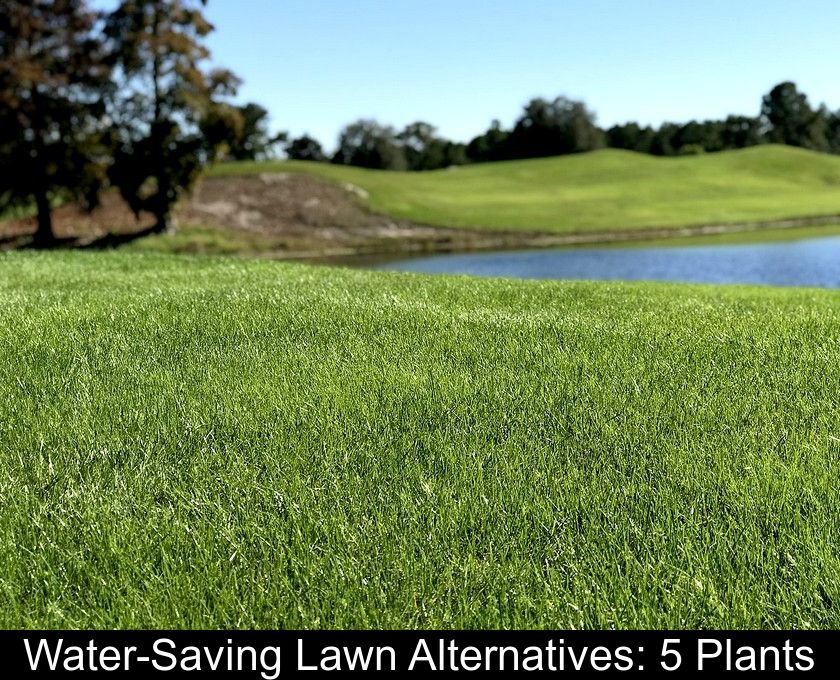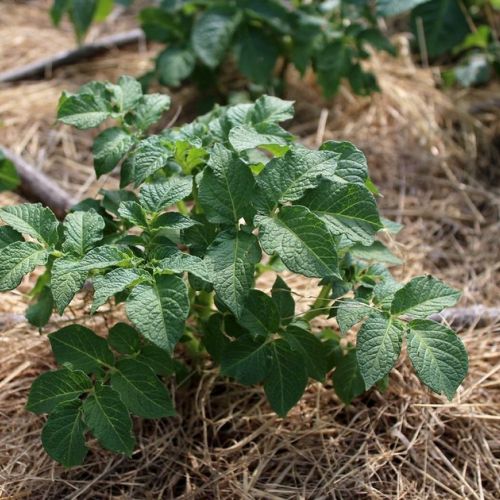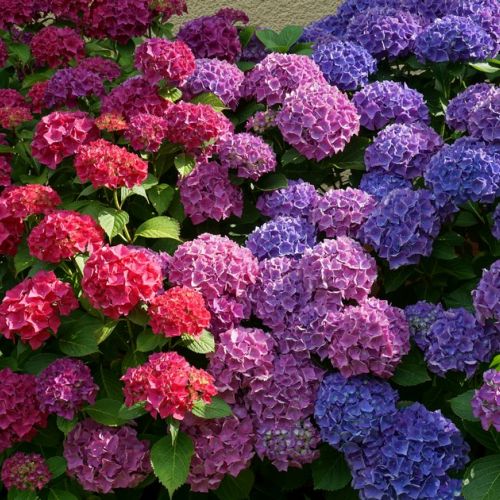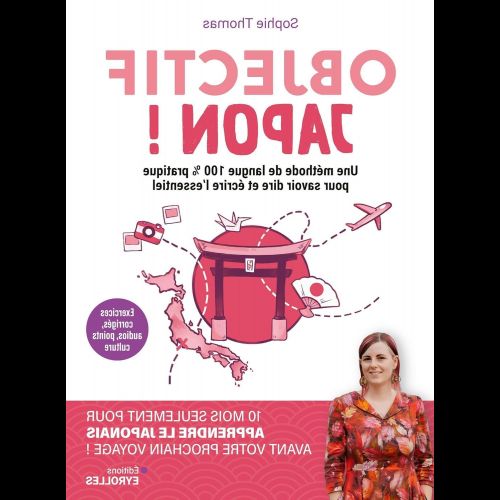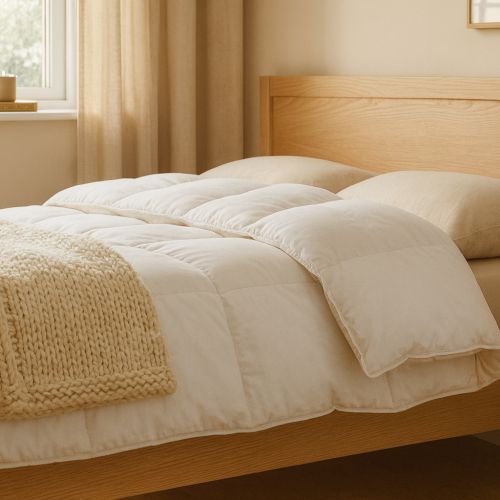Water-saving Lawn Alternatives: 5 Plants
With global warming and increasingly frequent drought episodes, it is becoming urgent to replace grass with more water-efficient alternatives. If you are looking for resilient grasses that require less watering, here are 5 water-saving plants that can serve as lawn in a garden.
Mascarene Grass
Traditional lawns require frequent watering to remain thick and green in regions with dry climates. It has become urgent to replace them with other more water-efficient ground cover plants now that summers in France are marked by heatwaves and watering restrictions.
The first of the 5 water-saving plants that can serve as an alternative is the Mascarene grass or Zoysia tenuifolia. This grass, adapted to dry soils, does not exceed 10 cm in height at maturity. It gradually forms a persistent carpet of bright green. You can walk on this ground cover plant without worry because it becomes shorter and tighter when trampled.
Note: Mascarene grass is preferably used in regions with mild winters because it yellows from around -4°C. If this happens to you, do not worry! This perennial can turn green again as it is hardy down to -15°C in well-drained soil.
2- The knotweed or nodular verbena
The phyla, also known as nodular verbena or Lippia nodiflora, is a plant from the Verbenaceae family. This cousin of verbena does not exceed 5 cm in height and truly earns its place in this top 5 of water-saving plants.
It makes for a good alternative to grass because it thrives in dry soils and forms a very low, semi-persistent mat. It is hardy down to -10°C and tolerates trampling very well.
Another significant advantage is that in June, it boasts small mauve flowers that are highly appreciated by pollinating insects such as bees and bumblebees.
3- The small Turkish woman
Among the 5 water-saving plants that can be used as an alternative to grass, one should also mention green carpet or Herniaria glabra.
This evergreen, prostrate perennial enjoys a sunny exposure. It produces very small leaves and green flowers in summer along its sprawling stems.
Resistant to trampling and hardy down to -15°C, it is the ideal solution for replacing the lawn under challenging conditions. Indeed, it is perfectly suited to arid, poor, gravelly, and shallow soils.
4- Creeping dichondra
In the shadier corners of the garden, another alternative to grass is the *Dichondra repens* or **creeping dichondra**. This very ground-covering creeping plant loves shade and mild climates.
This perennial plant is interesting for sustainably greening areas in shade or partial shade. Its semi-evergreen foliage consists of **small, well-green rounded leaves**.
It forms a carpet of a pretty green, but be careful! It is better **to sow it away** from garden paths and thoroughfares, as it only tolerates occasional trampling... In the pathways you use regularly, it is better to install stepping stones or slabs.
5- Creeping chamomile
The last of the 5 water-saving plants that are more efficient than grass is the creeping chamomile from the 'Treneague' variety. Treneague chamomile was already used in the Middle Ages to create decorative green carpets.
This very hardy variety, down to -15°C, is characterized by its lack of flowers. It forms a persistent green carpet that does not exceed 7 cm in height. It enjoys exposure to the sun and a fresh, well-drained soil.
This chamomile can withstand occasional trampling. Its strong points include the beautiful color and scent of its foliage. That's why it is considered one of the good alternatives to traditional lawns.
Thanks to these different plants, you can enjoy verdant carpets in your garden while freeing yourself from the chores of mowing and watering.

